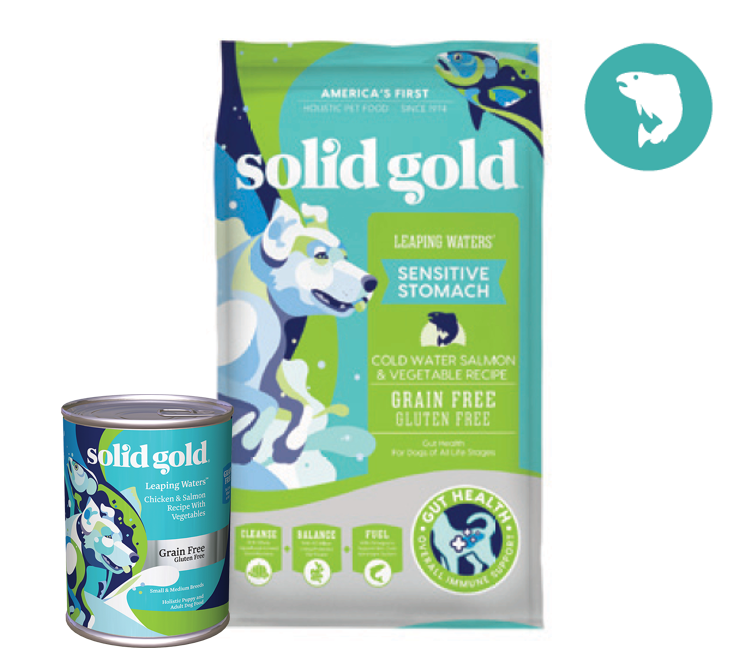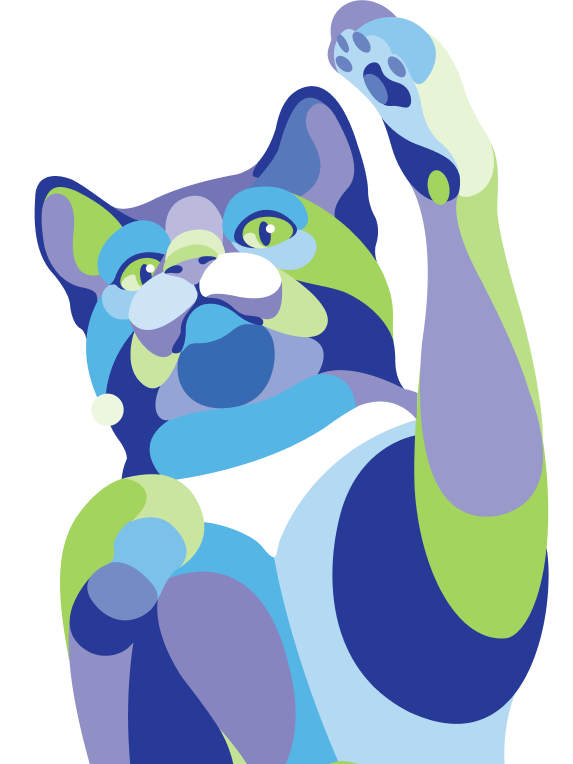By Solid Gold and Warrior Canine Connection
Service dog training commands are based on practical, everyday needs for those who benefit from having the dogs by their side. These commands are not only task-related skills such as opening doors or retrieving items from the floor but also includes advanced levels of foundation skills like heeling - all with a focus of providing proper support for their person. However, for Veterans with a mobility impairment, it’s common that additional commands, like the "fix" command, are needed to accommodate some of their specific needs.
We’ve teamed up with Warrior Canine Connection for a step-by-step demonstration on how you can teach your dog this relatively simple command yourself.
The "Fix" Command
What is the "Fix" Command?
When a dog’s leash becomes entangled in his own legs, it may be difficult for a Veteran with a physical impairment to bend over to untangle it. Enter the “fix” command, designed to teach the dog to correct the issue himself. With this command, your dog will be able to lift up their leg to untangle the leash all on their own.
Here's How You Can Get Started at Home
Start With a Leash and a Treat
The “fix” command plays on the dog’s natural reflex. To start, gently place the leash underneath the dog’s leg, then take your hand and lightly tickle the back of his foot, he’ll lift it up and you can give him a happy “yes” and treat him for that. After approximately four to five repetitions of this, start saying “fix” when they lift their paw and then reward them for untangling the leash.
Tip: If your dog is not food-motivated, you can use a toy as a reward or just praise and belly rubs.



Test Their Sensitivity Level
Keep in mind that all dogs are individuals. And, one way they can differ from one another is with their sensitivity level. A dog with more body sensitivity may pick up on this exercise faster than the next, i.e., they may be more ticklish. A less sensitive dog, for instance, may challenge you to think outside the box.
Variations of this exercise might include repositioning the leash to a different spot behind their paw or trying the same method with a different foot, marking the moment the dog lifts their paw naturally with a yes. These are just a few examples of how you might try changing your approach if you find that your dog is less sensitive.
Regardless, take your time and have fun with the training. Any new positive learning experience you share with your dog is rewarding for him – and will help you better understand and appreciate their individuality.

Practice Makes Permanent
As with all dog commands, repetition is key; be sure to practice the “fix” command on a regular basis and use positive reinforcement and rewards throughout the learning process. It might take a few tries, but your dog will be fixing their own leash in no time!
Warrior Canine Connection is a pioneering organization that enlists Service Members and Veterans with combat stress in the critical mission of training service dogs for fellow wounded Warriors. Solid Gold is proud to be the exclusive food provider for WCC since 2014.
More About Warrior Canine Connection
Warrior Canine Connection enlists recovering Warriors in a therapeutic mission of learning to train service dogs for their fellow Veterans.
Unlike most service dog programs, WCC’s unique Mission Based Trauma Recovery model allows not just one wounded Veteran to benefit from the placement of a service dog, but many, many more who receive therapeutic benefit from participating in the dog training program.
Don't forget to follow Warrior Canine Connection on social media!









